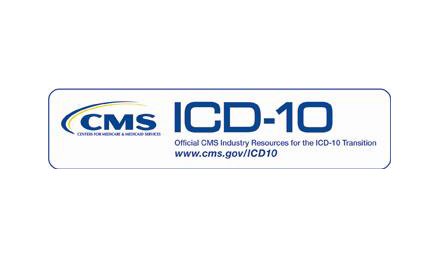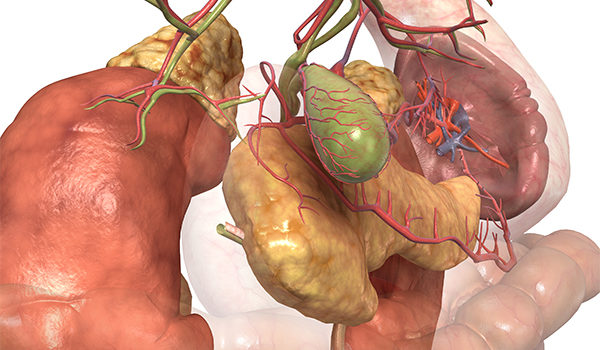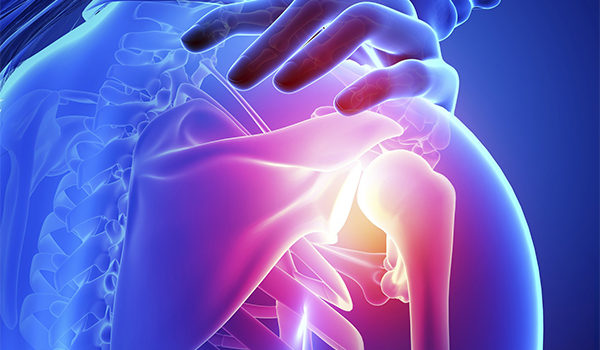Q. Is there a global period for the diagnosis used for follow-up on an evaluation and management (E/M) code when there is not a change in the chief symptom? We had a patient with a skin irritation for which the provider prescribed a hydrocortisone cream for the diagnosis of “dermatitis, unspecified” (L30.9). The provider instructed the patient to return in 1 week if the condition did not clear up. The patient returned 3 days later …
Read MoreUnspecified Diagnosis Codes, Preoperative Examinations, and Tuberculosis Skin Tests
Q. We are afraid of getting denials for using unspecified ICD-10-CM [International Classification of Diseases, 10th Revision, Clinical Modification] codes. In an urgent care center, we sometimes will see a particular patient only one time for minor illnesses and injuries, and follow-up with their primary-care physician is always advised. Do you have any advice on documenting to get claims paid? A. Within ICD-10-CM, you may select codes defined as “Not Otherwise Specified” (NOS). Generally, this should …
Read MoreTravel Immunizations
Q. What is the best way to code for and bill patients who come in because they are planning to travel out of the country and need to know what immunizations they should have before traveling? We advise them on preventive measures to take in relation to where they are traveling, provide literature if appropriate, and even try to find health-care facilities close to where they will be staying while abroad. I know we can …
Read More
October 1: Out with ICD-9, in with ICD-10
“Urgent care” was in its infancy and electronic medical records were practically the stuff of science fiction when the ICD-9 codes were released in 1979. The Centers for Medicare and Medicaid Services (CMS) takes one giant leap toward catching up with the launch of ICD-10 codes on October 1. As of that date, ICD-9 codes will no longer be accepted. CMS has said the new coding set is expected to “advance public health research and …
Read MoreOpen Fracture Treatment Versus Closed Fracture Treatment
Q. We had a patient come in with an open fracture of the distal interphalangeal joint of the right index and middle fingers, ICD-9 [International Classification of Diseases, 9th Revision, Clinical Modification] code 816.12. The provider set and splinted them both. Can I bill procedure code 26765 (“Open treatment of distal phalangeal fracture, finger or thumb, includes internal fixation, when performed, each”) twice? A. A diagnosis of open fracture means that the skin has been …
Read More
September 2015
Fractures in ICD-10-CM
Q. We treat a lot of fractures in our urgent care clinic, and I understand there are changes for coding these in ICD-10-CM [International Classification of Diseases, 10th Revision, Clinical Modification]. What will we need to be aware of? A.Most of the changes made in ICD-10-CM were to chapter 19, “Injury, Poisoning, and Certain Other Consequences of External Causes (S00-T88),” because of the need to identify laterality and 7th-character extensions that indicate the type of …
Read More
July/August 2015

June 2015
Intravenous Therapy
Q. We perform a lot of intravenous (IV) infusions in our urgent care facility. Sometimes we also perform IV pushes and hydration at the same time as the infusion. What is the correct way to code multiple IV infusions? Do we have to document start and stop times for each IV service? A. If an IV infusion and IV push are performed concurrently in the same IV site, you should only bill one “initial” code. …
Read More